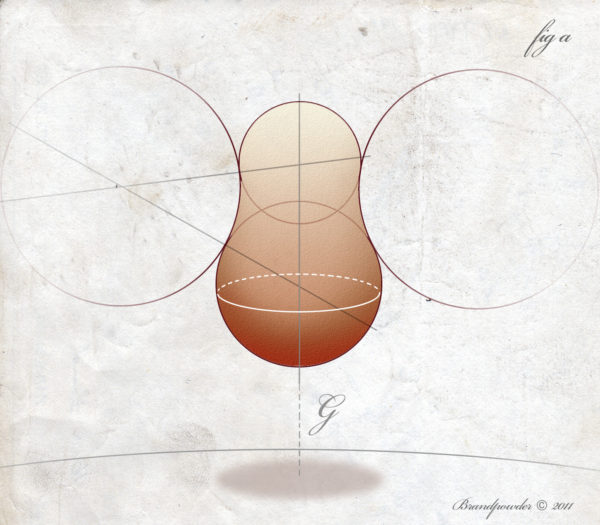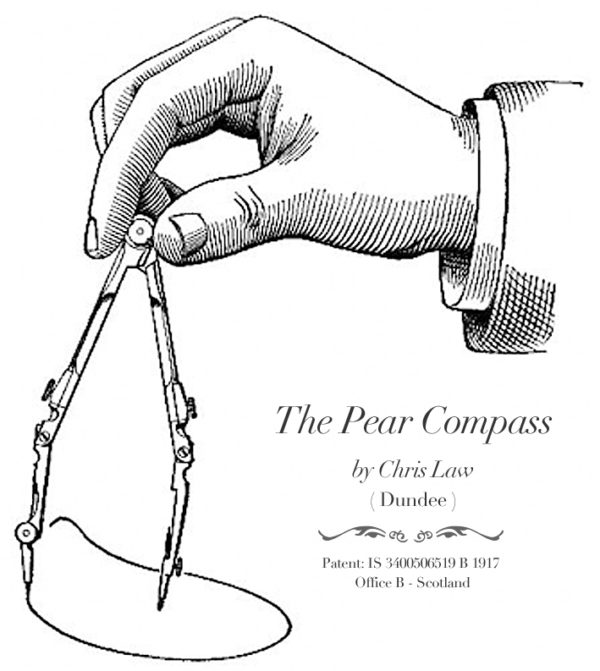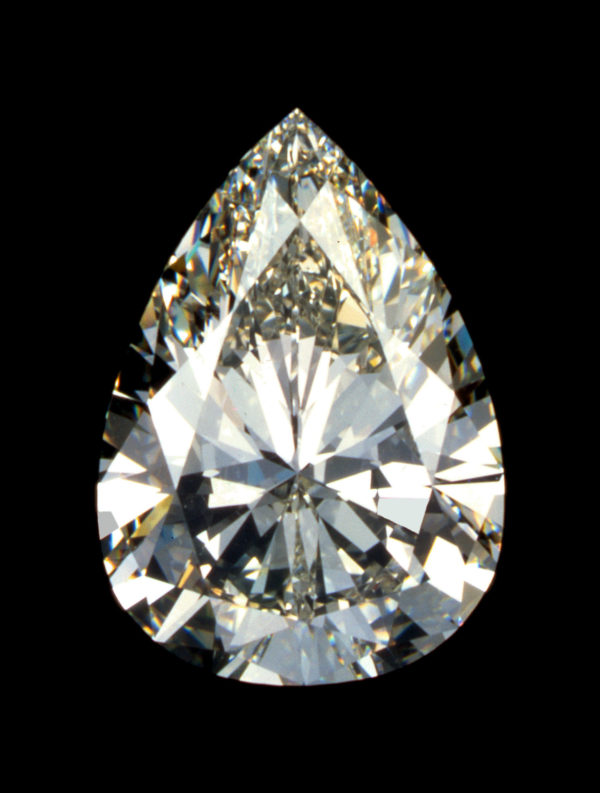ABOUT PEARS
Have you have ever wondered why The Holy Bible didn’t mention pears in Eden? The reason is simple: this kind of fruits, back when the Old Testament was written, simply didn’t grow in the Tigris-Euphrate Valley, nor in the land of Palestine. People grew grapefruits, nuts, plums, and apples of course. But no pears because such trees need crisp, dry weather and mild summers, to be happy and produce fruits.
Pears are more beautiful than apples, and more human, too. Take an apple and you will see the rounded perfection of God. The pear, with its dropping shape obeying the laws of gravity, is the portrait of our burdened condition.
A pears is also shaped like a heart, a skull, a butt, a tear. It represents love and death, joy and sorrow, sex and flesh. Diamonds and balloons are inspired to its unattained imperfection, its vertical symmetry, its sloppy indulgence.
Cranach, Man Ray, Duchamp, Hirst, Gibson, Rohr, Law and Montgolfier, to mention a few notable minds, chose the pear as the bulby, plumpy form for their inspiring creations.
Even the humble clyster, with its gentle pear-pump ready to free us from the unnecessary accumulation of bowel’s by-products, is a reminder of a successful design applied to a fragile anatomy.
 The pear is a piece of art and a piece of heart. it’s about time we give this fruit the attention it deserves. Last but not least, pears are rich in vitamin C and a regular consumption of pears stimulates sharpness of mind and reinforce eyesight. And what our life would be like, without a clear vision of things?
The pear is a piece of art and a piece of heart. it’s about time we give this fruit the attention it deserves. Last but not least, pears are rich in vitamin C and a regular consumption of pears stimulates sharpness of mind and reinforce eyesight. And what our life would be like, without a clear vision of things?













